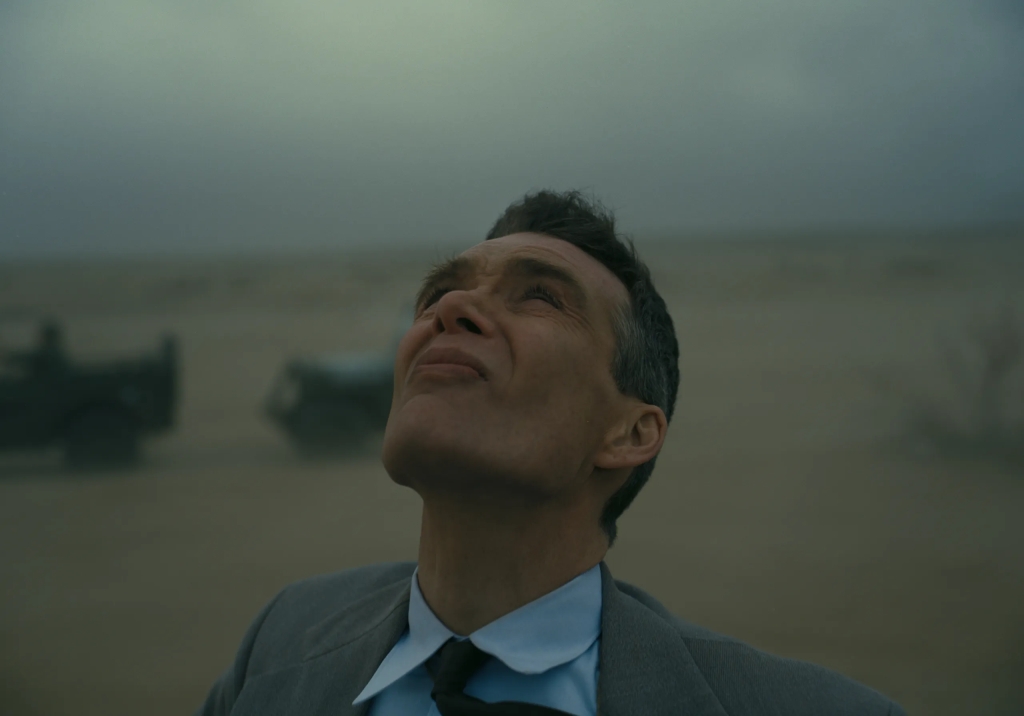Christopher Nolan, a visionary filmmaker known for his intricate and thought-provoking storytelling, has established himself as a master of weaving complex narratives on the big screen. His films often delve into nonlinear timelines, intricate plot twists, and philosophical concepts that challenge audiences’ perceptions. However, it is not just his narrative prowess that sets him apart; it is his deliberate and masterful use of cinematography that elevates his storytelling to a new level. In Nolan’s films, cinematography serves as both a visual and narrative tool, guiding viewers through the labyrinthine narratives and enriching their cinematic experience.

Cinematography, the art of capturing visual elements through the lens of a camera, is the backbone of Nolan’s storytelling approach. Through his unique utilization of camera techniques, lighting, framing, and visual effects, he harnesses the power of visual storytelling to complement the complexity of his narratives. Nolan’s films are not merely visual spectacles; they are carefully constructed narratives that unfold on multiple levels, requiring active engagement from the audience.
One of the most striking ways Nolan employs cinematography is through his non-linear storytelling. Films like “Memento,” “Inception,” and “Interstellar” challenge traditional chronological storytelling by interweaving different timelines or perspectives. This is where cinematography becomes crucial. Rather than relying solely on dialogue or explanatory sequences, Nolan uses visual cues to differentiate between different temporal planes. Through subtle changes in lighting, color grading, and camera angles, he creates a visual language that allows viewers to navigate the shifts in time without confusion. This visual consistency not only helps in comprehending the narrative but also deepens the immersion in the film’s world.

Nolan’s preference for practical effects and realism also influences his approach to cinematography. In an age of CGI-dominated filmmaking, he strives to capture as much as possible on camera. This commitment to realism enhances the authenticity of his narratives, making the extraordinary elements feel tangible and grounded. Cinematography plays a crucial role in capturing these practical effects in a visually convincing manner. Whether it’s the practical stunts in “The Dark Knight” trilogy or the practical set designs in “Dunkirk,” the camera serves as a bridge between the real and the cinematic, reinforcing the impact of the storytelling.
Themes and symbolism are essential components of Nolan’s narratives, and cinematography is his canvas for conveying them. He often uses visual motifs, recurring shots, and camera movements to reinforce these thematic elements. For instance, the spinning top in “Inception” serves as a visual symbol of reality and perception, and the recurring image of the watch in “Interstellar” represents the passage of time. By using cinematography to infuse these symbols into the visual fabric of the film, Nolan allows audiences to engage with the themes on a subconscious level, enriching their understanding of the story’s deeper meanings.

Furthermore, Nolan’s films often explore the concept of time and its malleability. This theme is not only present in the narrative but also intricately woven into the cinematography. Slow-motion shots, time-lapse sequences, and innovative camera techniques manipulate time visually, creating a sense of urgency or disorientation that mirrors the characters’ experiences. In “Dunkirk,” for example, Nolan employs varying time scales across different storylines to emphasize the subjective nature of time in moments of crisis. Cinematography becomes the vehicle through which this temporal manipulation is realized, inviting viewers to contemplate the fluidity of time itself.
One of Nolan’s distinctive accomplishments lies in his ability to create evocative atmospheres and tones through cinematography. Each of his films carries a distinct visual identity that complements its narrative. The play of light and shadow, color palettes, and framing choices contribute to the emotional and psychological impact of the story. In “The Dark Knight,” the juxtaposition of Gotham’s urban darkness with the Joker’s chaotic energy is heightened through the cinematography. Similarly, the desolation and isolation of space in “Interstellar” are visually emphasized, enhancing the mood and themes of the film. Through cinematography, Nolan crafts an immersive experience that envelops the audience in the world of his characters.
Nolan’s approach to cinematography also reflects his commitment to engaging the audience’s intellect. He challenges viewers to actively participate in deciphering his narratives, and cinematography is a vital element in this engagement. Visual storytelling becomes a way of conveying complex information and exposition without relying solely on dialogue. It allows for a more immersive and interactive viewing experience, where audiences must piece together the puzzle of the narrative through visual cues.
The decision-making process behind each shot, each camera movement, and each lighting choice is a deliberate effort to guide the audience’s perception and interpretation. Nolan’s mastery lies in his ability to orchestrate these elements into a cohesive and captivating narrative experience. His films demand attention, inviting viewers to explore not only the surface plot but also the layers of meaning beneath.

In conclusion, Christopher Nolan’s films are a testament to the power of cinematography as a narrative tool. His innovative use of camera techniques, lighting, framing, and visual effects enriches his complex narratives, allowing audiences to navigate intricate storylines with clarity and engagement. By employing cinematography to convey themes, create atmosphere, manipulate time, and establish visual symbolism, Nolan crafts a cinematic language that complements the intellectual depth of his storytelling. His films challenge traditional conventions and demand active participation, inviting viewers to venture into the intricate labyrinths of his narratives guided by the visual cues that cinematography provides.
